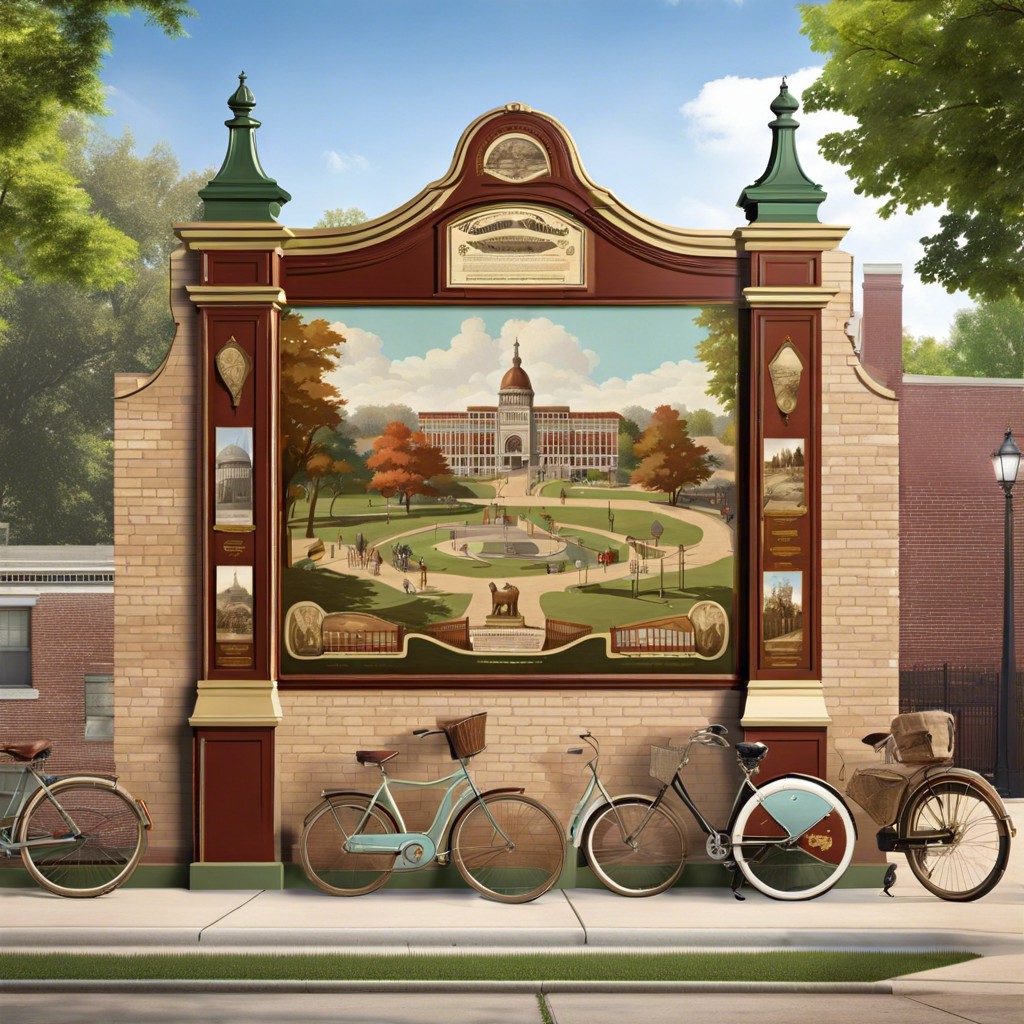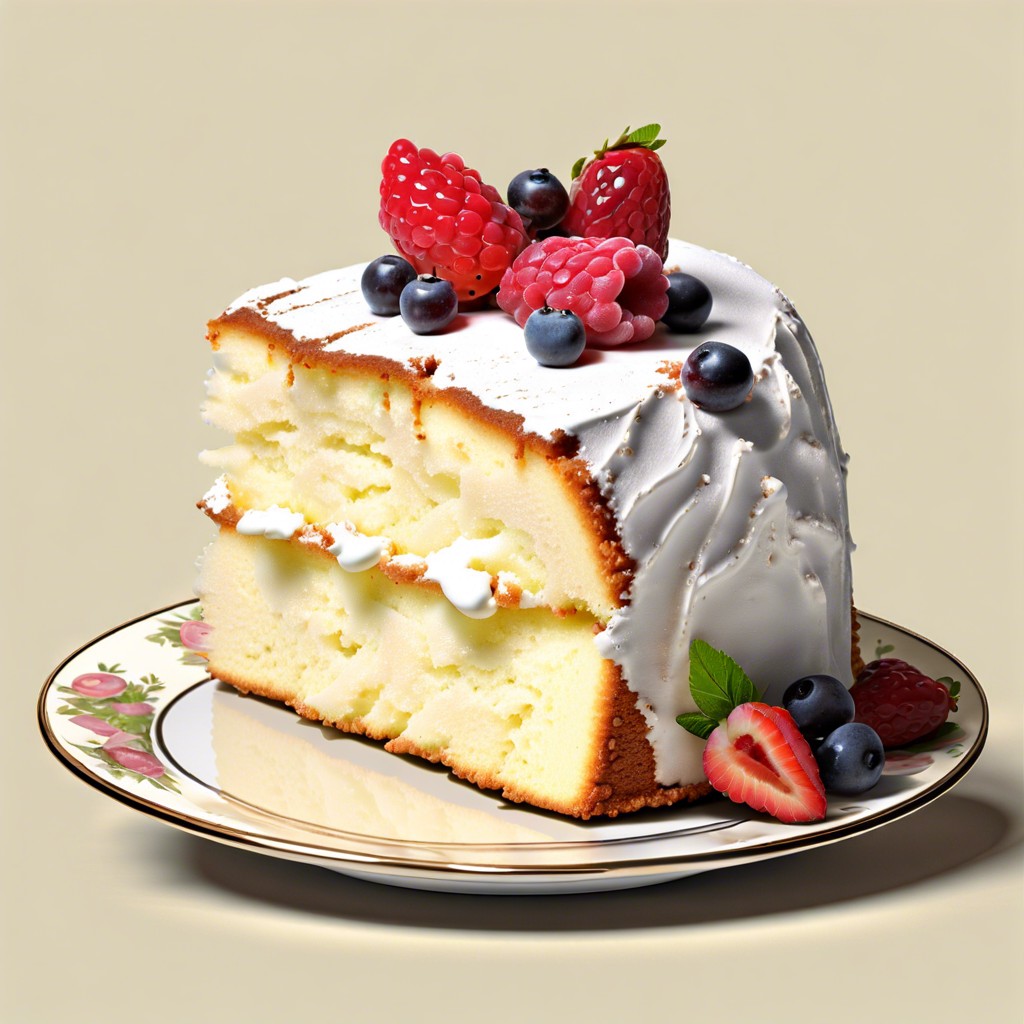Last updated on
Discover the enduring allure of vintage Barbie dolls and the nuances that make them coveted collector’s items.
Key takeaways:
- Vintage Barbie dolls pre-1990s are highly prized and collectible.
- Value is determined by condition, rarity, and originality.
- Most sought-after models include #1 Ponytail Barbie and Color Magic Barbie.
- Barbie has had a significant cultural impact and a dedicated collector community.
- Tips for collecting: prioritize condition, diversify collection, connect with other collectors, and research market values.
Evolution of Barbie: From 1959 to Vintage Status
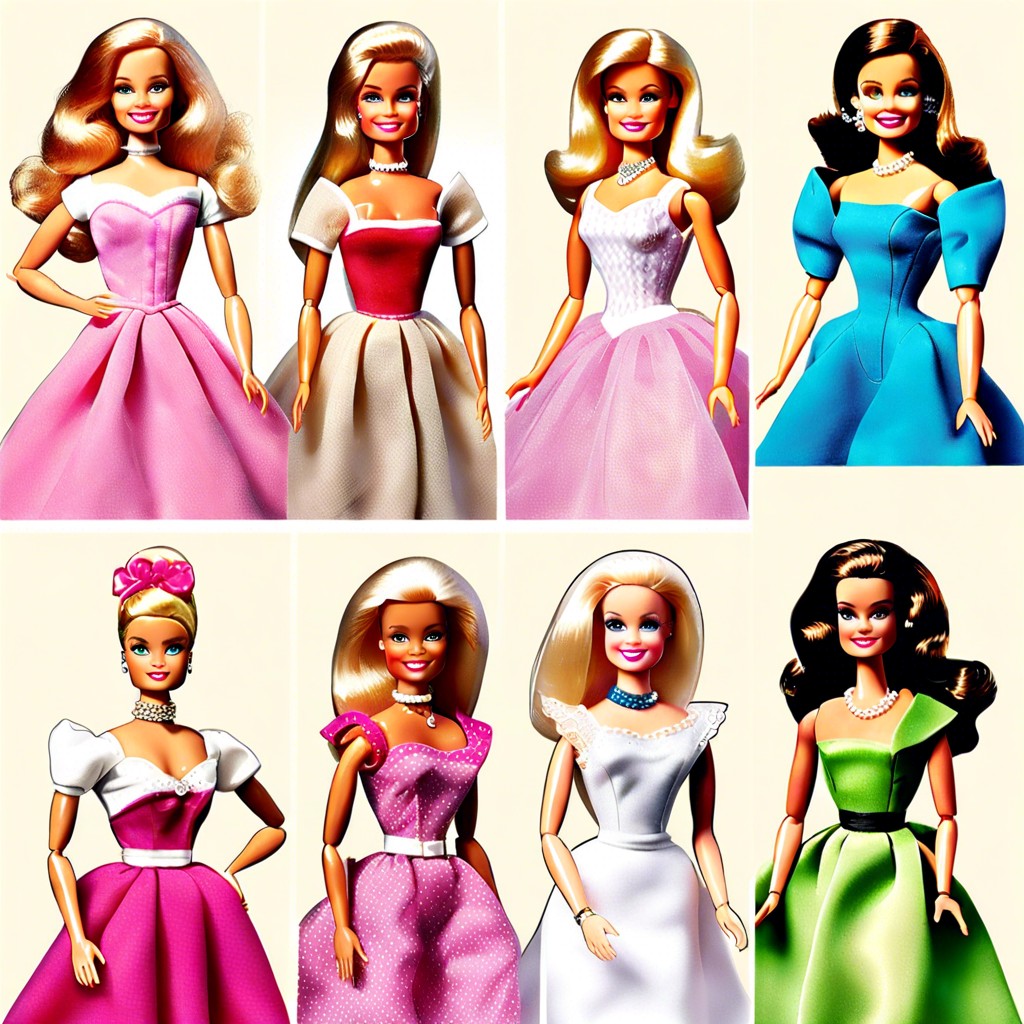
Barbie made her debut at the American International Toy Fair in New York on March 9, 1959. This date marks her official birthday and the first Barbie doll wore a black-and-white striped swimsuit, setting the tone for future fashion trends.
Throughout the 1960s, Barbie’s wardrobe expanded to reflect the era’s styles, from Mod designs to Space Age looks, paralleling real-world haute couture. The doll’s features also transformed, with a variety of hair colors, styles, and ever-evolving facial features.
The 1970s witnessed Barbie embracing the vibrant disco culture. Bell-bottoms, psychedelic patterns, and platform shoes were mirrored in her outfits, capturing the heart of a generation.
By the 1980s, Barbie became a multifaceted figure with diverse professions, echoing the growing career aspirations of young girls and women of the time.
Entering the classification of “vintage,” Barbie dolls pre-1990s are highly prized. The term “vintage” signifies their collectible status and often correlates with higher value, especially for dolls in original packaging or with rare attributes.
The transition from toy to collector’s item has led to a surge in interest for early editions. The progression of Barbie is marked not just by her fashion and features, but also by her packaging, marketing changes, and variations across different countries.
The Rarity and Value of Vintage Barbies

The value of vintage Barbies hinges largely on their condition, rarity, and originality. Dolls in mint condition with their original packaging fetch the highest prices. Rare items, like the #1 Ponytail Barbie, which debuted in 1959, can be valued at thousands of dollars, reflecting their desirability and scarcity.
Limited edition Barbies and those with unique features or defects, like the 1965 American Girl Barbie with bendable legs, also command higher prices. Moreover, clothing and accessories contribute to value; complete original outfits with all their components are especially coveted.
The market for vintage Barbies is buoyant but varies widely based on these factors, with common models from later years being more affordable. For collectors, understanding these nuances is key to building a valuable collection.
Most Sought-after Vintage Barbie Models
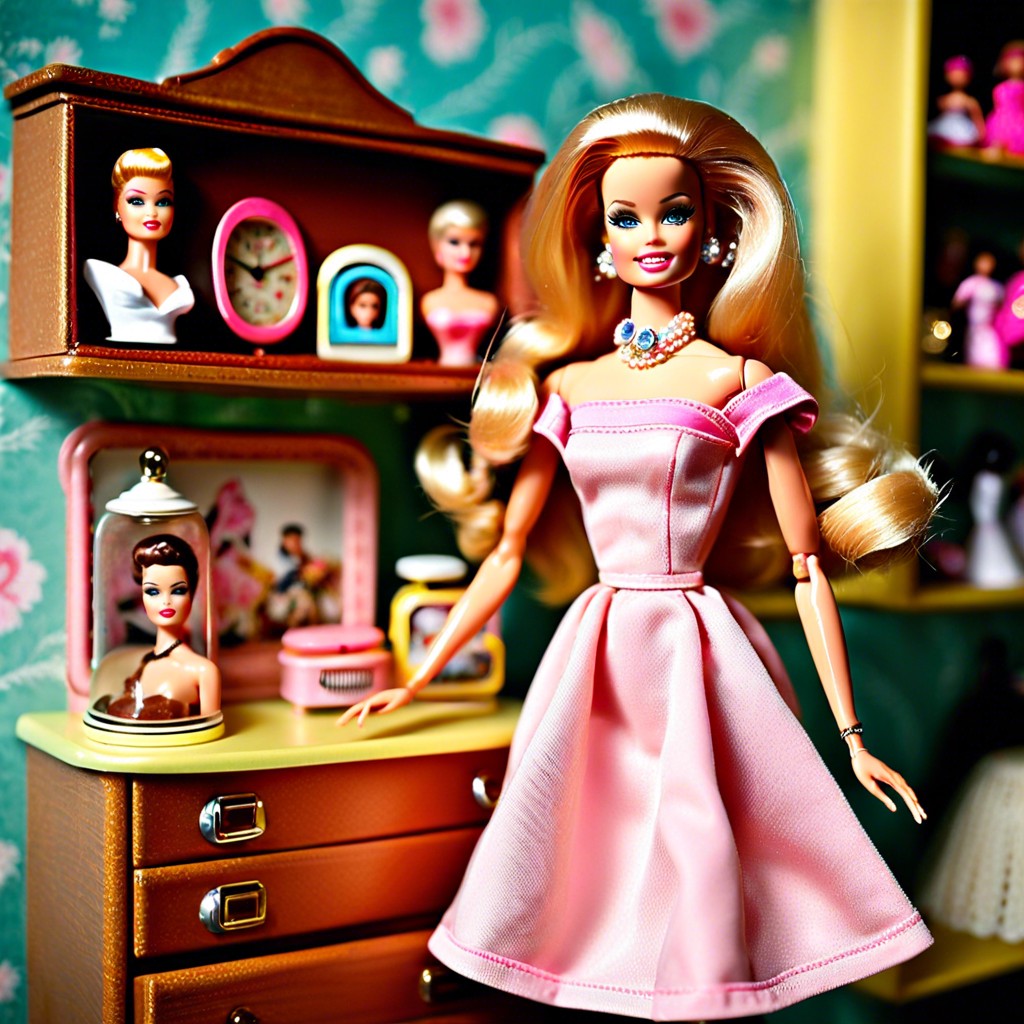
Certain vintage Barbie models capture the hearts of collectors and command high prices on the collector’s market, a testament to their enduring appeal.
The original Barbie, launched in 1959 and known as the #1 Ponytail Barbie, is distinguished by her black and white swimsuit and signature ponytail. Her distinctive features, including arched eyebrows and holes in the bottom of her feet, make her highly prized among enthusiasts.
Mattel’s Color Magic Barbie, introduced in the mid-1960s, captivates collectors with its unique hair-changing feature. When exposed to different temperatures of water, the hair changes color, creating a sense of magic that is cherished.
Bubblecut Barbies, sporting a short, curled hairstyle attributed to popular 1960s fashion, represent a nostalgic era. These models are particularly fancied when found in rare hair and lip colors.
The 1965 American Girl Barbie stands out with her bendable legs and sleek hair, reflecting a modernized, active lifestyle that resonates with the sentiments of the period.
Lastly, the Mod Era Barbies (1967-1972), such as the Twist ‘N Turn Barbie, represent a revolution in design with more flexible waistlines, updated makeup, and contemporary outfits that reflect the vibrant counterculture of the time. These models often feature in collections that emphasize social and fashion history.
Barbie’s Cultural Impact and Collector Community
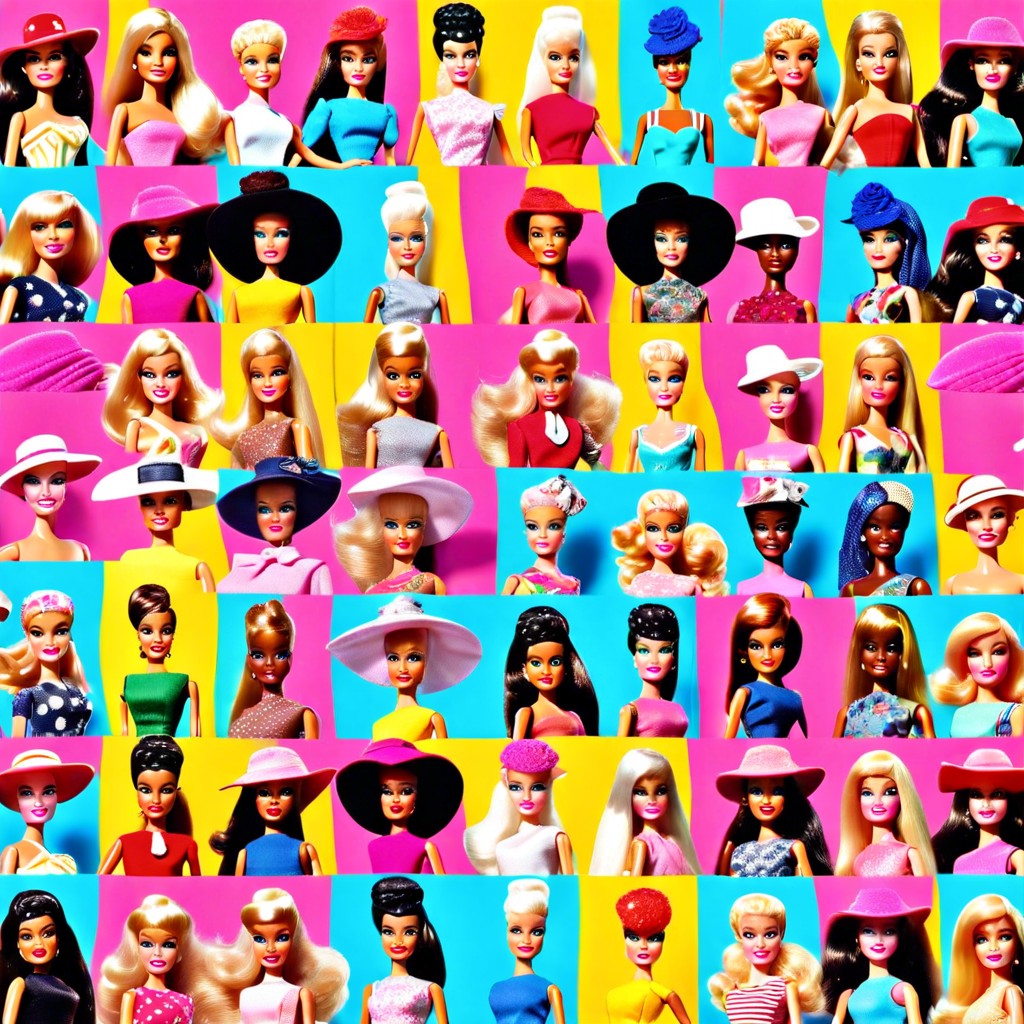
Barbie has transcended its role as a mere toy to become a cultural icon, reflecting and at times dictating fashion trends, societal roles, and the aspirations of multiple generations. As a symbol of the changing roles of women, Barbie has been a doctor, astronaut, and even a presidential candidate, mirroring the expanding horizons for girls and young women.
Within the collector community, vintage Barbies hold a place of high esteem. Enthusiasts pursue pristine condition dolls, with original clothing and packaging increasing a doll’s value and collectibility. Special editions, such as the #1 Ponytail Barbie or the Bubble Cut Barbie, are particularly coveted.
Collectors often specialize in niches such as Barbie’s from particular decades, international versions, or Barbie’s series like the Fashion Model Collection. Clubs, online forums, and conventions foster a sense of camaraderie and shared passion while serving as marketplaces and sources of knowledge for both novices and seasoned collectors.
This community also plays a critical role in preservation and education. Members actively engage in the restoration of dolls and outfits, research Barbie’s historical lineup, and ensure the transmission of collectible information to new collectors. They contribute to exhibitions, author books, and curate collections that are sometimes displayed in museums, underscoring Barbie’s significance as a cultural and historical artifact.
Tips for Collecting and Investing in Vintage Barbie Dolls
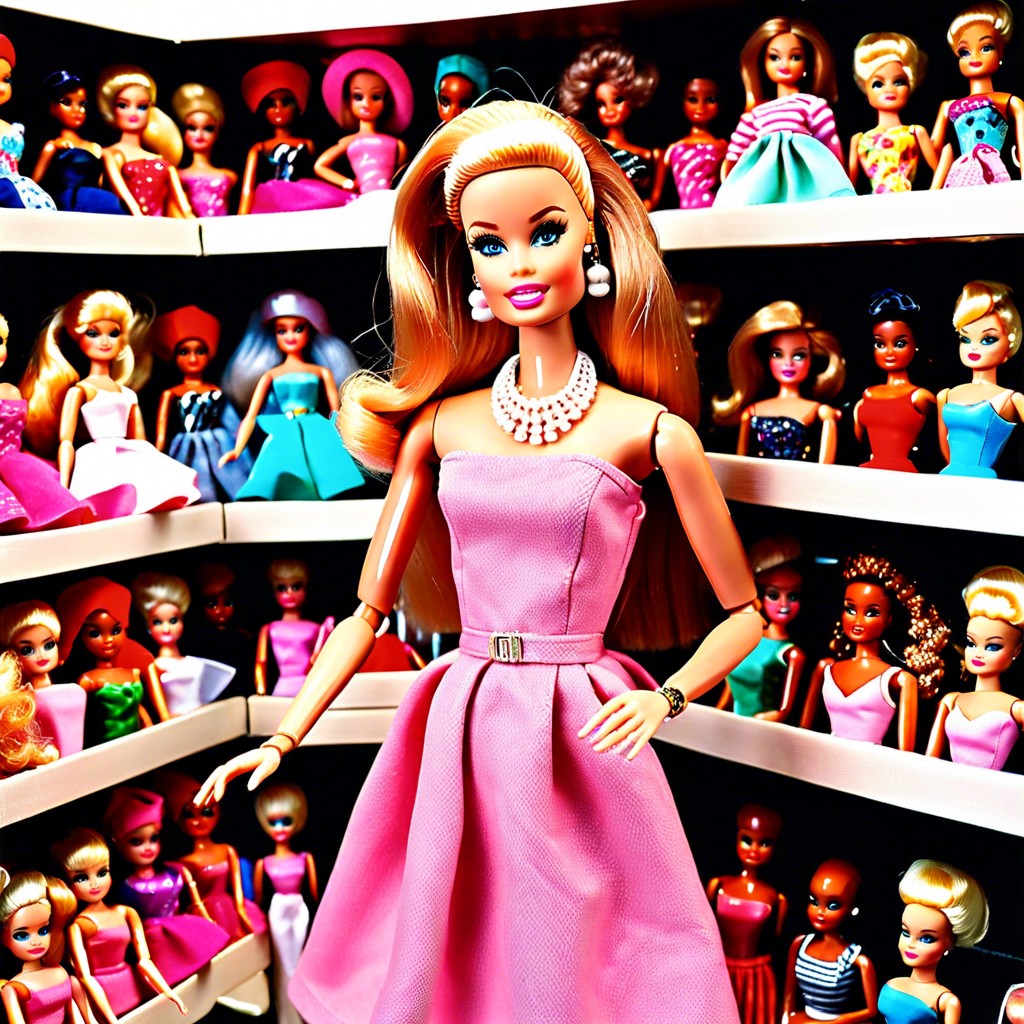
Begin with research to understand the factors that contribute to a Barbie doll’s value, such as rarity, condition, and original packaging.
Prioritize condition; dolls in mint condition with unopened boxes generally command the highest prices. Familiarize yourself with grading standards.
Focus on rarity; early models like the #1 and #2 ponies, and limited edition releases often appreciate more.
Diversify your collection by acquiring dolls from different eras or series, along with their original clothing and accessories, to build a comprehensive portfolio.
Connect with other collectors through online forums, clubs, and auctions to gain insights and access deals.
Regularly monitor auction sites and price guides to stay informed about current market values and trends.
When investing, consider long-term appreciation rather than expecting quick profits. Vintage Barbies typically increase in value over several years.
Store and display your collection properly, away from direct sunlight, in a temperature-controlled environment to protect your investment.
Prioritize authenticity by purchasing from reputable dealers or verifying the provenance of dolls from private sellers.
